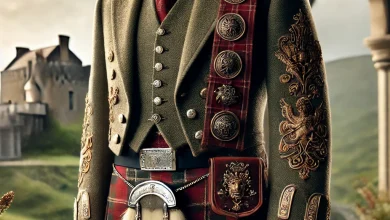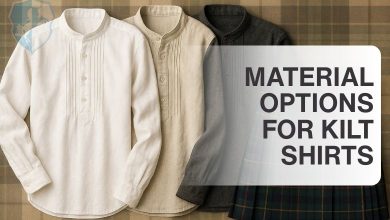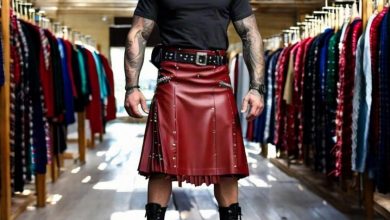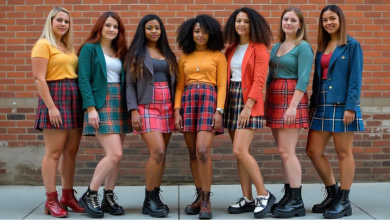Do Irish Wear Kilts?
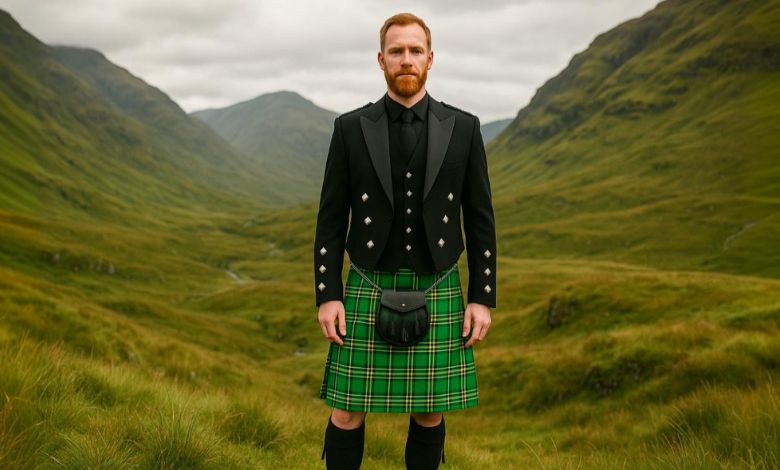
People often ask a question on different platforms, “Do Irish wear kilts?” Yes, they do. Are you also among those who consider kilts to be identical to Scottish culture only? If yes, this discussion is the right place for you to get an authentic answer. Remember, there are some differences between Irish and Scottish kilts.
This piece of information aims to tell you all about the Irish kilts. It will describe everything from their history to the events where the Irish wear kilts. So, no further delay and move towards the history of Irish kilts.
The History Of Irish Kilts!
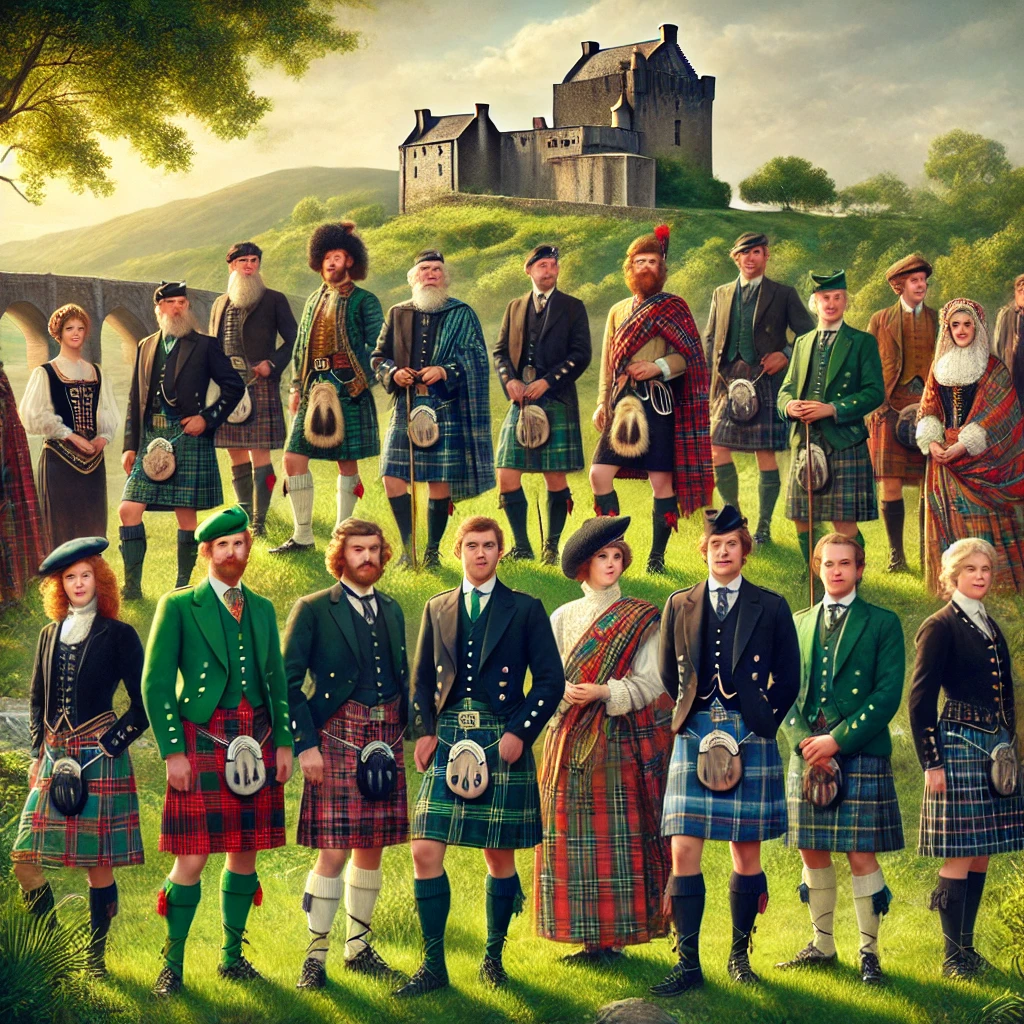
Studies claim that the connection between Ireland and kilts developed during the 19th century. Yet the kilts became a part of Scottish attire in the 16th century. The history of kilts in Ireland is somewhat confusing. It is said that a man found an Irish tartan in a farm buried in 1590. However, evidence of Irish kilts in that era is very minimal.
The history of Irish kilts traces back to the mid-19th century. Some people consider Lein-crioch to be the first traditional kilt, but the reality is that it is not. The Irish people used to wear saffron attire, long and loose garments. They started wearing kilts during times of Irish or Celtic nationalism in the 19th and 20th centuries.
The Irish military wore saffron kilts during the 20th century, serving as a sign of their cultural heritage today. The impact of kilts in Ireland spiked with the relocation of Scots to Ireland in the early twentieth century.
Regarding the tartans in Ireland, there is no need to move back to the 16th century with Scots because Irish tartans became prominent in the 1990s. In 1996, a mill from Scotland made tartans for 32 counties of Ireland.
Types Of Irish Kilts
Like traditional Scottish clothing, Irish kilts come in various types: the Great Kilt, the Fly Plaid Kilt, and the Casual Kilt. Each type has distinct traits.
Let us start with the Great Kilt, a long, single-piece cloth. It was a lengthy piece of garment, and wearers had an extra cloth to cover the upper part of the body as well. On the other hand, a fly plaid has an extended cloth attached over the left shoulder, covering one side of the back. Acrylic wool is a traditional tartan used to make fly plaid kilts.
What about Irish casual kilts? They are common kilts that people mostly wear nowadays. They are lightweight compared to the previous ones. Tartan kilts represent their particular region as well. Talking about its size, it often sits on the waist. A common aspect that differentiates it from the others is cost-effectiveness.
Why Do Men in Ireland Wear Skirts?
The above discussion must have revealed much about Irish kilts. The Internet, with different social media platforms, is full of an often-asked question, “Why do men in Ireland wear skirts?” Kilts look like women’s skirts, so people often pronounce them as skirts as well. Generally, there are two primary reasons to dress in kilts: history appreciation and identity.
Similar to Scots, Irish people are culture-aligned. They feel proud to show off and pay tribute to their history on particular days in kilts. In the beginning, the military wore this clothing for multiple reasons. Most know only about their flexibility, while another significant reason was to hide muskets (guns). Irish men made many sacrifices, wearing their traditional attire and securing their culture. So, Irish people pay homage to their braves and admire them by wearing this clothing.
Another intention to wear skirts is to expose their identity. Like the Scots, Irish kilts are usually made with their tartan. However, Irish tartans are different from Scottish tartans. Irish tartans represent any county or state rather than clans. If an Irish person sees another one in tartan, he will understand which state he belongs to, without asking him.
Differences Between Scottish And Irish Kilts
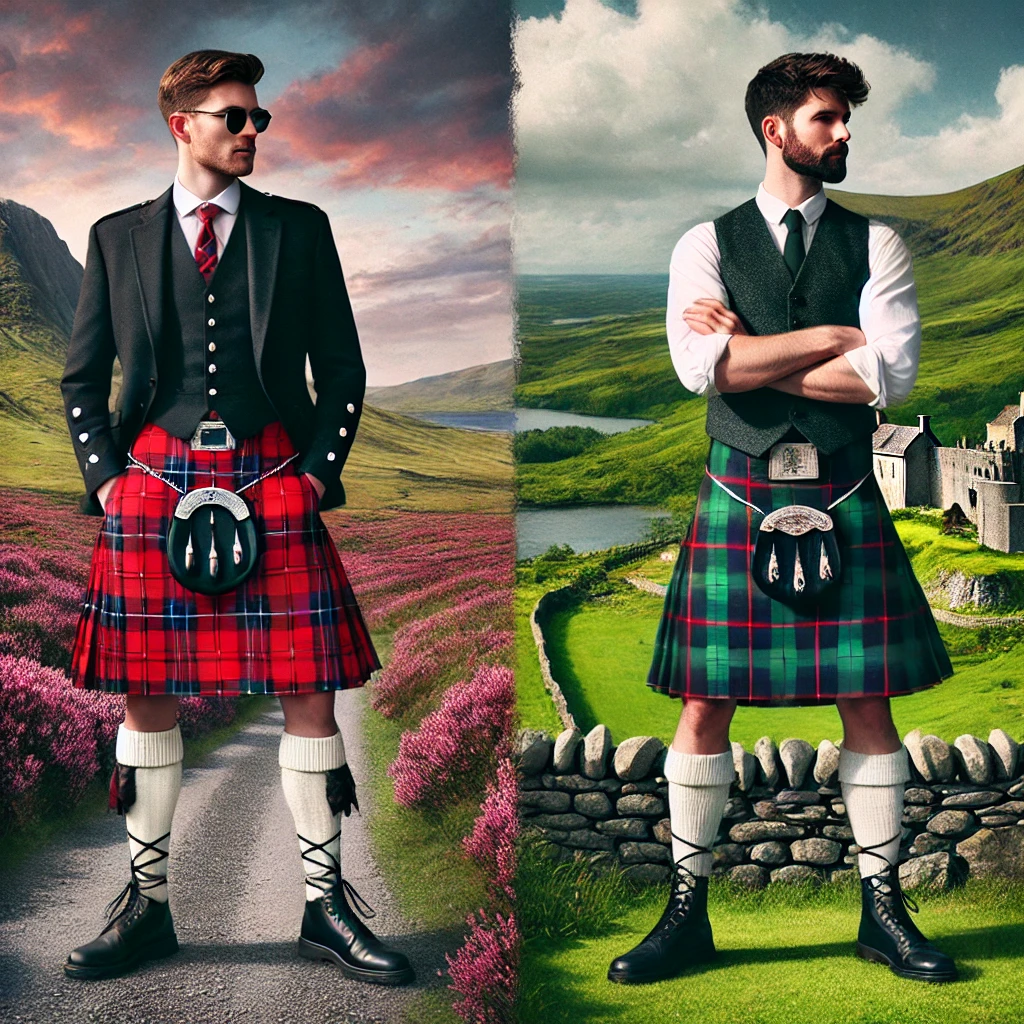
The Irish and Scottish kilts share a few things, like cultural heritage and purpose. However, the similarities are minimal compared to the differences, which inspired us to specify a particular section about their differences.
Tartan Pattern
The first and foremost difference between the kilts is their tartan pattern. The tartan of the Scots is specified to a specific clan, while the Scottish pattern is based on any county or district identity.
Historical Difference
Next on the list is the historical difference. A common difference is the year of introduction. Scottish kilts were introduced in the 16th century, while Irish kilts are a bit newer and were introduced in the 19th or 20th century.
Cultural Significance
Ireland and Scotland share many cultural things, but their cultural significance is almost different. Scots wear kilts all year round, while Irish people do not usually wear them at special events like formal events, weddings, and dance-step parties.
Accessories Difference & Similarities
Since these kilts are from different countries, they also have similar accessories. Here are some differences in their attachments:
- Scots use kilt pins over their kilt, representing their clan. On the other hand, the Irish do not possess any ancestral pin.
- Dresses from both countries have sporran, and they are different.
- Both nations prefer to wear jackets. Scots usually wear Prince Charlie Jackets, while the Irish wear Brian Baru jackets.
- Have you ever heard of Glengarry hats? That’s what Scots prefer with kilts. Conversely, the Irish people prefer Kilkenny hats.
- Irish wear leine, resembling shorts beneath their kilts, while Scots wear some underpants or do not wear something under the kilts.
- They share the same tradition of footwear. Scots and Irish wear knee-high socks with specific shoes called Ghillie Brogues.
When Do Irish People Wear Kilts?
This query is also prevalent among people who do not know Irish traditions. There is a common myth that Scots and Irish residents wear kilts daily, while this is not a reality.
Nonetheless, the Irish wear cultural attire on special occasions, while Scots wear kilts regularly. Here are a few events where the Irish are seen in kilts.
Weddings
The last few decades have witnessed some exceptional changes in grooms’ attire, and kilts have replaced tuxedos at weddings. Now, grooms wear kilts with a vest and tie. Wearing kilts on this occasion works as a dual-perspective element: admiring the heritage and having a unique appearance from the guests.
National Days
Irish people commemorate various national days, from New Year’s Eve to Christmas. The list of National Days is vast. Some of the most common days are St. Patrick’s Day, Good Friday, Easter Monday, and Republic of Ireland Holidays. They usually wear kilts to honour their heritage.
For example, St. Patriks’ Day is one of the most essential days in Ireland, and people wear kilts while celebrating. Likewise, the rest of the national days are also observed wearing Irish kilts.
Games
Irish people play various games, such as caber toss, Irish hurling, stone put, and Scottish hammer throw. While playing, the participants must dress in flexible attire, so they wear kilts.
Running with a wooden pole in the hand with a trouser sounds quite challenging. So, the Irish people choose kilts while playing various games.
Conclusion
So, do Irish wear kilts? Yes, the Irish wear kilts and have their specific ones. Kilts are equally crucial in Scotland and Ireland. Both nations wear kilts, sharing some similarities, like the traditional aspect.
Besides, they also have some differences, from accessories to tartan patterns. In addition, Irish kilts have a few types with unique features. Irish wear kilts on specific occasions, while Scots can wear them without any time or date concerns. Do Irish Wear Kilts?
